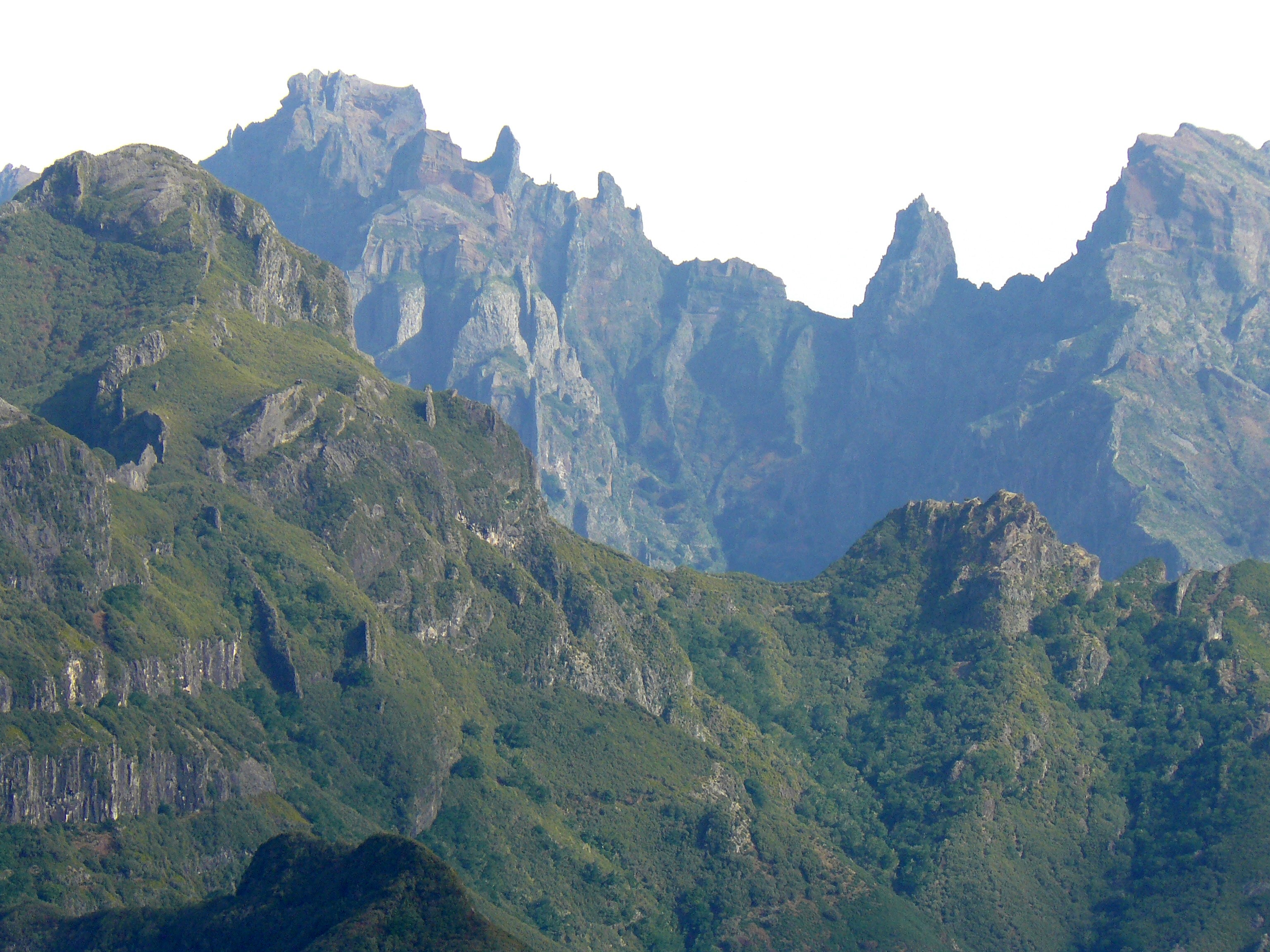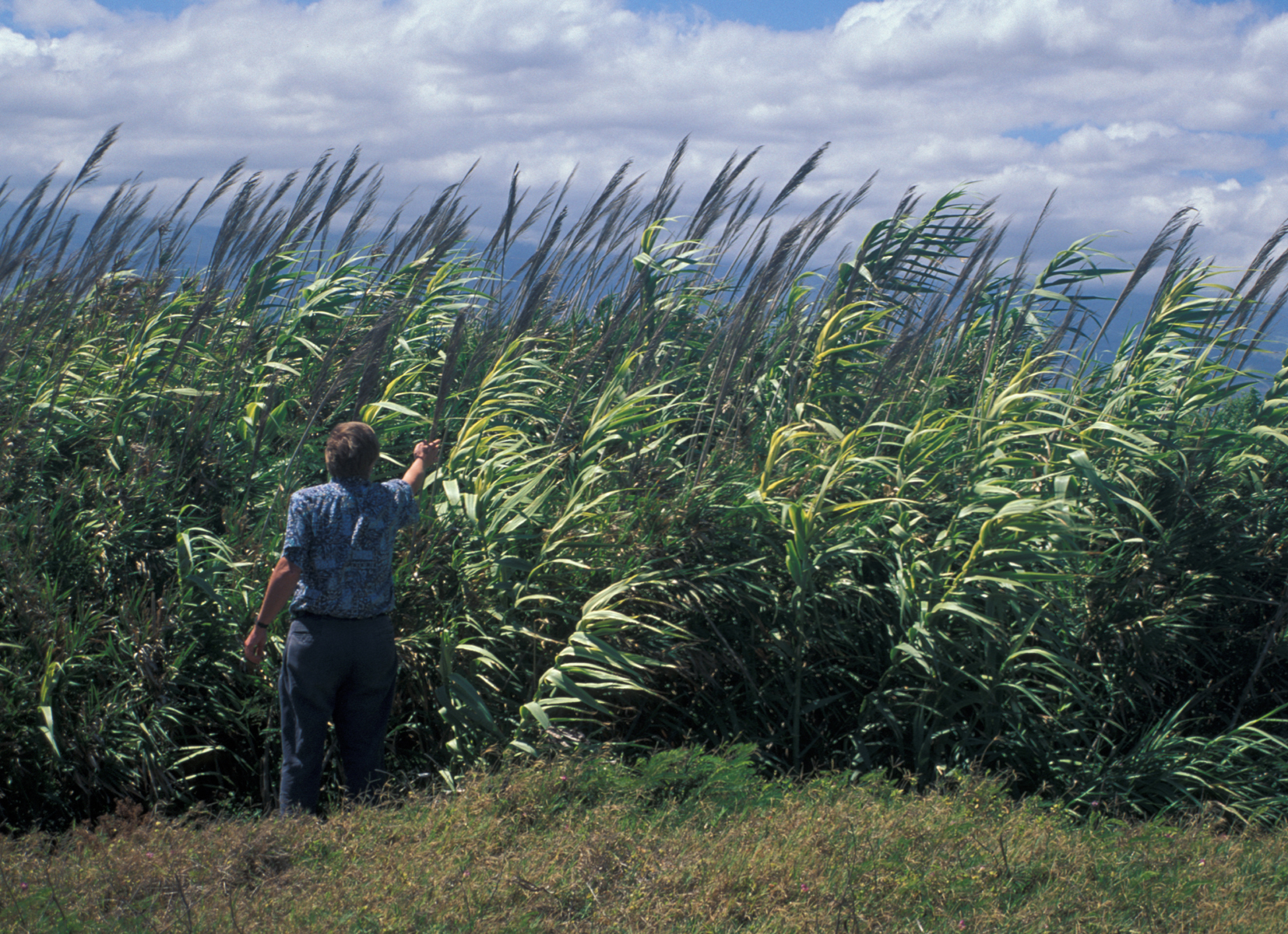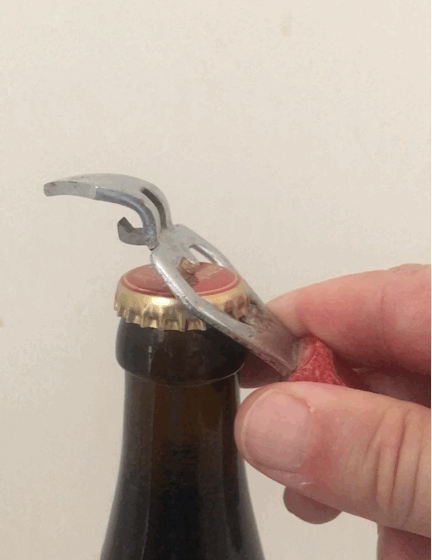|
Brinquinho
100px, The brinquinho The brinquinho is a percussion instrument from Madeira, Portugal. It is used in folklore dances, including the Bailinho da Madeira. The brinquinho consists of a pole made from the '' Arundo donax'' cane that holds circular sets of small dolls, each dressed in traditional clothes and holding a castanet. Traditionally, the instrument includes two doll sets - the bottom set with six dolls and the upper set with four - and there may be one or two additional dolls at the top of the pole. The dolls are tied to a wire that passes through the pole, making the dolls move and click the castanets when the wire is pulled from the bottom. The brinquinho may include pairs of crown corks held with nails, making sounds when the brinquinho is moved vertically. The instrument may have its origins in the 19th century, likely in relation to a similar instrument from Minho Minho or Miño may refer to: People * Miño (surname) * Choi Min-ho, South Korean singer and actor kn ... [...More Info...] [...Related Items...] OR: [Wikipedia] [Google] [Baidu] |
Culture Of Madeira
Madeira ( ; ), officially the Autonomous Region of Madeira (), is an autonomous region of Portugal. It is an archipelago situated in the North Atlantic Ocean, in the region of Macaronesia, just under north of the Canary Islands, Spain, west of the Morocco and southwest of mainland Portugal. Madeira sits on the African Tectonic Plate, but is culturally, politically and ethnically associated with Europe, with its population predominantly descended from Portuguese settlers. Its population was 251,060 in 2021. The capital of Madeira is Funchal, on the main island's south coast. The archipelago includes the islands of Madeira, Porto Santo, and the Desertas, administered together with the separate archipelago of the Savage Islands. Roughly half of the population lives in Funchal. The region has political and administrative autonomy through the Administrative Political Statute of the Autonomous Region of Madeira provided for in the Portuguese Constitution. The region is an inte ... [...More Info...] [...Related Items...] OR: [Wikipedia] [Google] [Baidu] |
Madeira
Madeira ( ; ), officially the Autonomous Region of Madeira (), is an autonomous Regions of Portugal, autonomous region of Portugal. It is an archipelago situated in the North Atlantic Ocean, in the region of Macaronesia, just under north of the Canary Islands, Spain, west of the Morocco and southwest of mainland Portugal. Madeira sits on the African Plate, African Tectonic Plate, but is culturally, politically and ethnically associated with Europe, with its population predominantly descended from Portuguese settlers. Its population was 251,060 in 2021. The capital of Madeira is Funchal, on the main island's south coast. The archipelago includes the islands of Madeira Island, Madeira, Porto Santo Island, Porto Santo, and the Desertas Islands, Desertas, administered together with the separate archipelago of the Savage Islands. Roughly half of the population lives in Funchal. The region has political and administrative autonomy through the Autonomous Regions of Portugal#Const ... [...More Info...] [...Related Items...] OR: [Wikipedia] [Google] [Baidu] |
Percussion Instrument
A percussion instrument is a musical instrument that is sounded by being struck or scraped by a percussion mallet, beater including attached or enclosed beaters or Rattle (percussion beater), rattles struck, scraped or rubbed by hand or struck against another similar instrument. Excluding Zoomusicology, zoomusicological instruments and the human voice, the percussion family is believed to include the oldest musical instruments.''The Oxford Companion to Music'', 10th edition, p.775, In spite of being a very common term to designate instruments, and to relate them to their players, the percussionists, percussion is not a systematic classificatory category of instruments, as described by the scientific field of organology. It is shown below that percussion instruments may belong to the organological classes of idiophone, membranophone, aerophone and String instrument, chordophone. The percussion section of an orchestra most commonly contains instruments such as the timpani, ... [...More Info...] [...Related Items...] OR: [Wikipedia] [Google] [Baidu] |
Arundo Donax
''Arundo donax'' is a tall perennial cane. It is one of several so-called reed species. It has several common names including giant cane, elephant grass, carrizo, arundo, Spanish cane, Colorado river reed, wild cane, and giant reed. ''Arundo'' and ''donax'' are respectively the old Latin and Greek names for reed. ''Arundo donax'' grows in damp soils, either fresh or moderately saline, and is native to the Greater Middle East.CABI, 2020. Arundo donax (giant reed). In: Invasive Species Compendium. Wallingford, UK: CAB International. https://www.cabi.org/isc/datasheet/1940Global Invasive Species Database (2020) Species profile: Arundo donax. Downloaded from http://www.iucngisd.org/gisd/species.php?sc=112 on 12-01-2020. It has been widely planted and naturalised in the mild temperate, subtropical and tropical regions of both hemispheres, especially in the Mediterranean, California, the western Pacific and the Caribbean and is considered invasive in North America and Oceania.Perdue, R ... [...More Info...] [...Related Items...] OR: [Wikipedia] [Google] [Baidu] |
Castanet
Castanets, also known as ''clackers'' or ''palillos'', are a percussion instrument ( idiophonic), used in Spanish, Calé, Moorish, Ottoman, Greek, Italian, Mexican, Sephardic, Portuguese, Filipino, Brazilian, and Swiss music. In ancient Greece and ancient Rome there was a similar instrument called the '' crotalum''. The instrument consists of a pair of concave shells joined on one edge by a string. They are held in the hand and used to produce clicks for rhythmic accents or a ripping or rattling sound consisting of a rapid series of clicks. They are traditionally made of hardwood (chestnut; Spanish: ''castaño''), although fibreglass has become increasingly popular. In practice, a player usually uses two pairs of castanets. One pair is held in each hand, with the string hooked over the thumb and the castanets resting on the palm with the fingers bent over to support the other side. Each pair will make a sound of a slightly different pitch. The slightly lower one usual ... [...More Info...] [...Related Items...] OR: [Wikipedia] [Google] [Baidu] |
Crown Cork
The crown cork (also known as a crown seal, crown cap or just a cap), the first form of bottle cap, was invented by William Painter in 1892 in Baltimore. The company making it was originally called the Bottle Seal Company, but it changed its name with the almost immediate success of the crown cork to the ''Crown Cork and Seal Company''. It still informally goes by that name, but is officially Crown Holdings. Overview A Dutch patent application from 1892 This style of closure is still in widespread use. Prior to the invention of the external crown cork bottle stopper, soda bottles had ordinary internal cork bottle stoppers and often had rounded bottoms so they could not be stored standing upright. Corks have a tendency to dry out and shrink, allowing the gas pressure in the bottle to cause the cork to "pop", so bottles were stored on their side to prevent the corks from drying out. After the invention of the crown cork bottle stopper, this problem was eliminated, and soda ... [...More Info...] [...Related Items...] OR: [Wikipedia] [Google] [Baidu] |
Minho Province
Minho () was a former province in Portugal, established in 1936 and dissolved in 1976. It consisted of 23 municipalities, with its capital in the city of Braga. Today, the area would include the districts of Braga and Viana do Castelo. Minho has substantial Celtic influences and shares many cultural traits with neighbouring Galicia, in northwestern Spain. The region was part of the Roman Province and early Germanic medieval Kingdom of Gallaecia. Historical remains of Celtic Minho include Briteiros Iron Age Hillfort, the largest Gallaecian native stronghold in the Entre Douro e Minho region, in north Portugal. The University of Minho, founded in 1973, takes its name from the former province. Although the province no longer exists, its name is still commonly used to refer to the region, as its origin vastly predates its official institution as an administrative region, and its people have a unique culture and way to be. Minho is famous as being the origin of the soup ''cald ... [...More Info...] [...Related Items...] OR: [Wikipedia] [Google] [Baidu] |
Portuguese Folklore
Portuguese may refer to: * anything of, from, or related to the country and nation of Portugal ** Portuguese cuisine, traditional foods ** Portuguese language, a Romance language *** Portuguese dialects, variants of the Portuguese language ** Portuguese man o' war, a dangerous marine animal ** Portuguese people, an ethnic group See also * * ''Sonnets from the Portuguese'' * "A Portuguesa", the national anthem of Portugal * Lusofonia * Lusitania Lusitania (; ) was an ancient Iberian Roman province encompassing most of modern-day Portugal (south of the Douro River) and a large portion of western Spain (the present Extremadura and Province of Salamanca). Romans named the region after th ... * {{disambiguation Language and nationality disambiguation pages ... [...More Info...] [...Related Items...] OR: [Wikipedia] [Google] [Baidu] |




